Archives
- 2018-10
- 2018-11
- 2019-04
- 2019-05
- 2019-06
- 2019-07
- 2019-08
- 2019-09
- 2019-10
- 2019-11
- 2019-12
- 2020-01
- 2020-02
- 2020-03
- 2020-04
- 2020-05
- 2020-06
- 2020-07
- 2020-08
- 2020-09
- 2020-10
- 2020-11
- 2020-12
- 2021-01
- 2021-02
- 2021-03
- 2021-04
- 2021-05
- 2021-06
- 2021-07
- 2021-08
- 2021-09
- 2021-10
- 2021-11
- 2021-12
- 2022-01
- 2022-02
- 2022-03
- 2022-04
- 2022-05
- 2022-06
- 2022-07
- 2022-08
- 2022-09
- 2022-10
- 2022-11
- 2022-12
- 2023-01
- 2023-02
- 2023-03
- 2023-04
- 2023-05
- 2023-06
- 2023-08
- 2023-09
- 2023-10
- 2023-11
- 2023-12
- 2024-01
- 2024-02
- 2024-03
- 2024-04
- 2024-05
- 2024-06
- 2024-07
- 2024-08
- 2024-09
- 2024-10
- 2024-11
- 2024-12
- 2025-01
- 2025-02
- 2025-03
-
We also intended to determine the possible mechanism underly
2022-09-07
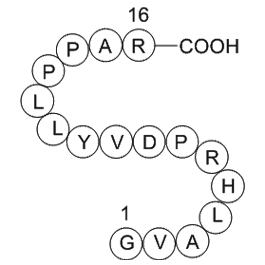
We also intended to determine the possible mechanism underlying EZH2 upregulation in the PC. Although no recurrent mutations of EZH2 have been described in CLL [27, 28, 29], we aimed to rule out the possibility of activating mutations in the background of EZH2 overexpression. We detected no mutation
-
Chicoric acid CA is a di acylated hydroxycinnamoyl tartaric
2022-09-07
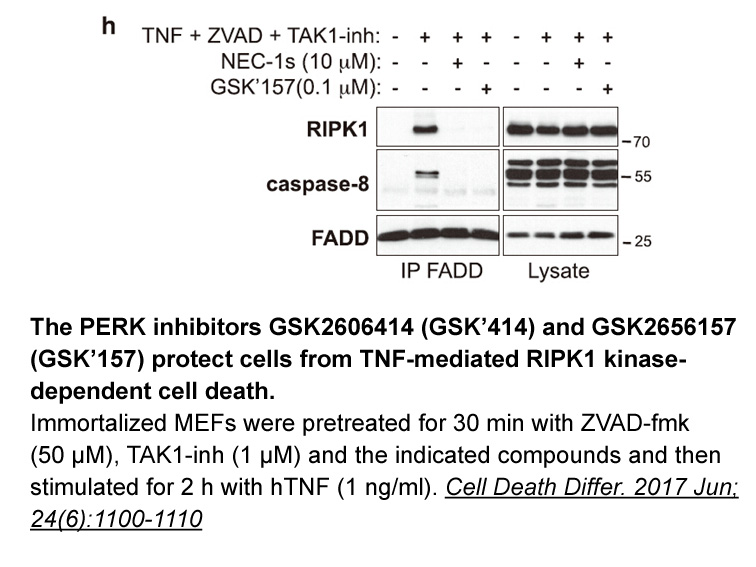
Chicoric fty720 (CA) is a di-acylated hydroxycinnamoyl tartaric acid ester [12] found in a variety of plant species, especially within the Astereceae family [13]. Of interest for this study, Sonchus oleraceus and Bidens pilosa plants, from Astereceae family, were used. Both S. oleraceus and B. pilo
-
In NAFLD models the first hit is liver
2022-09-07
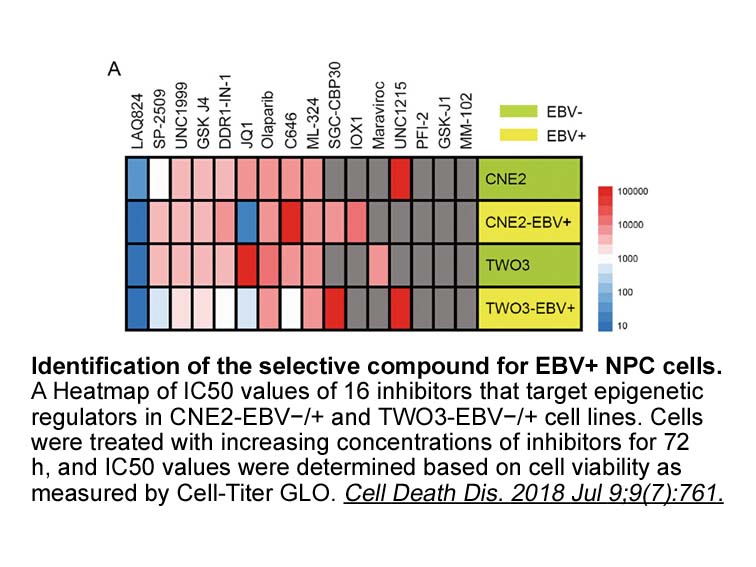
In NAFLD models, the “first hit” is liver fat accumulation, which causes insulin resistance, whereas the interplay of inflammatory cytokines, which causes inflammation, acts as the representative “second hit” [9]. However, recently, the “multiple hit” hypothesis has taken into consideration that mul
-
vorapaxar receptor br Introduction br The histaminergic
2022-09-07
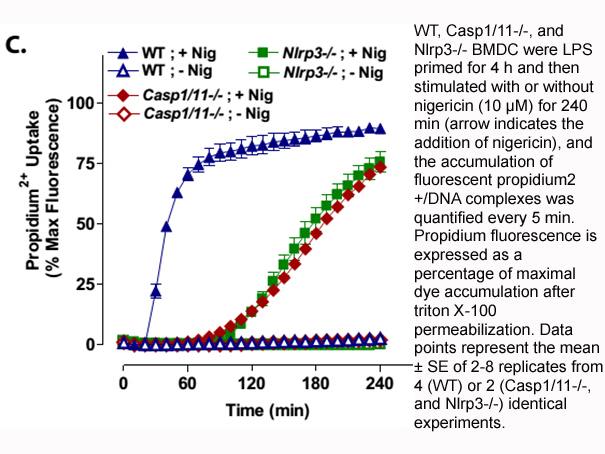
Introduction The histaminergic system in the central nervous system The vorapaxar receptor is continually processing information through aminergic systems present in the mammalian CNS such as the serotonergic, dopaminergic, noradrenergic and histaminergic systems which function by projecting s
-
The Hippo pathway is a growth control signaling cascade that
2022-09-07
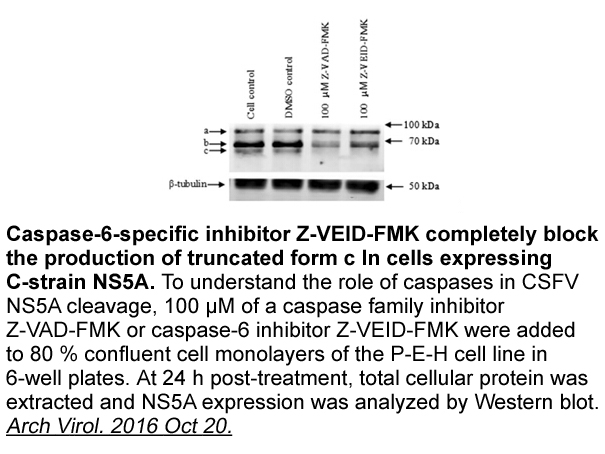
The Hippo pathway is a growth control signaling cascade that has been demonstrated to play an important role in regulating cell proliferation and differentiation [5,6]. The core signaling pathway consists of a group of kinases which negatively regulate the expression of transcriptional co-activators
-
Tenovin-6 mg Several studies have also suggested that
2022-09-07
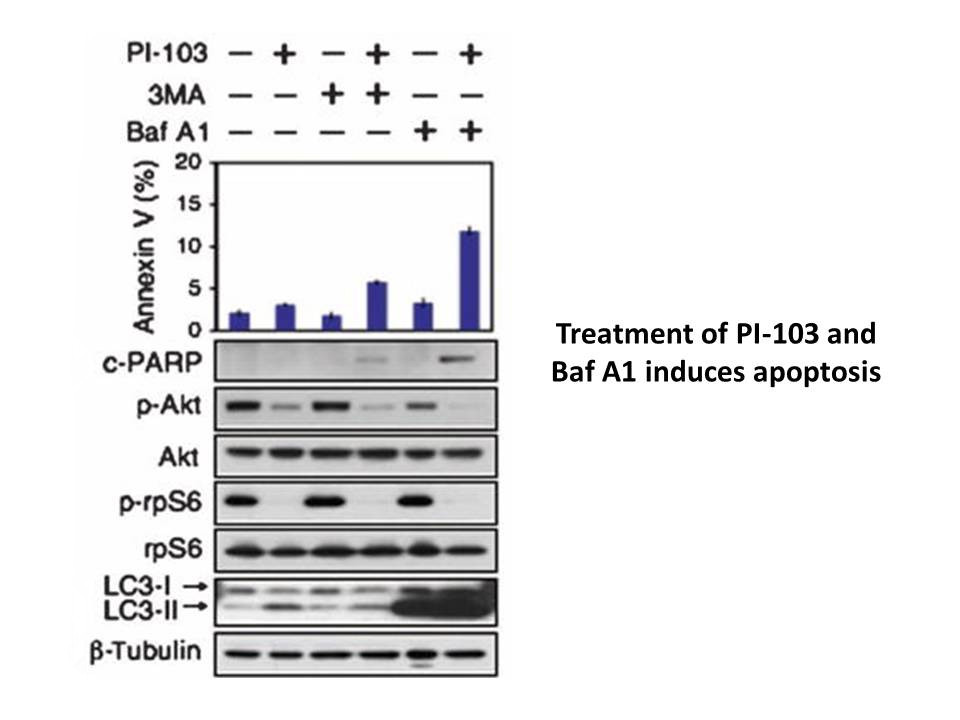
Several studies have also suggested that Wnt signalling can in turn stimulate the transcriptional activity of Yap/Taz (Figure 2, Figure 3). In the Azzolin model, Yap/Taz not only block β-catenin signalling, but their association with Axin1 and/or β-catenin also maintains them in an inactivate state
-
UV vis spectra of hsGC proteins were recorded with an
2022-09-06
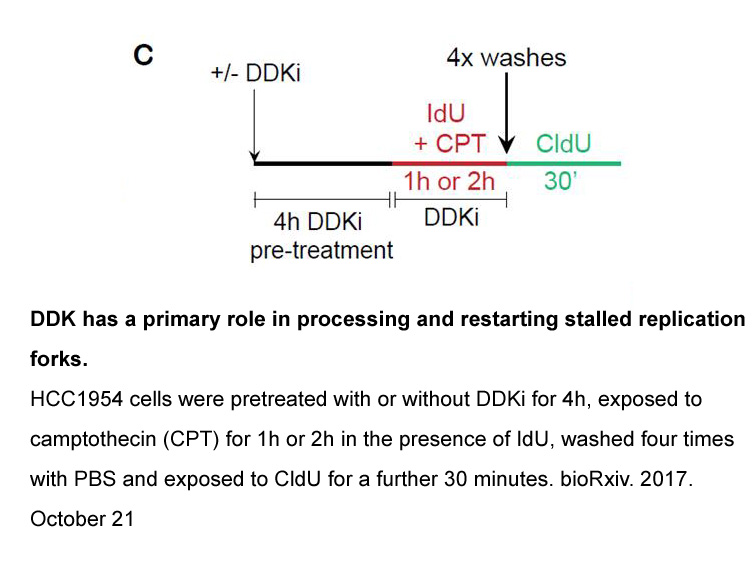
UV–vis spectra of hsGC proteins were recorded with an HP8453 UV–vis spectrophotometer at 20°C. The corresponding ferrous, CO-bound and NO-bound species were prepared with the similar published procedure [7], [15]. The heme transfer reactions were performed by a UV–vis spectrometer with kinetic mode
-
In the inhibitory kinetic studies
2022-09-06
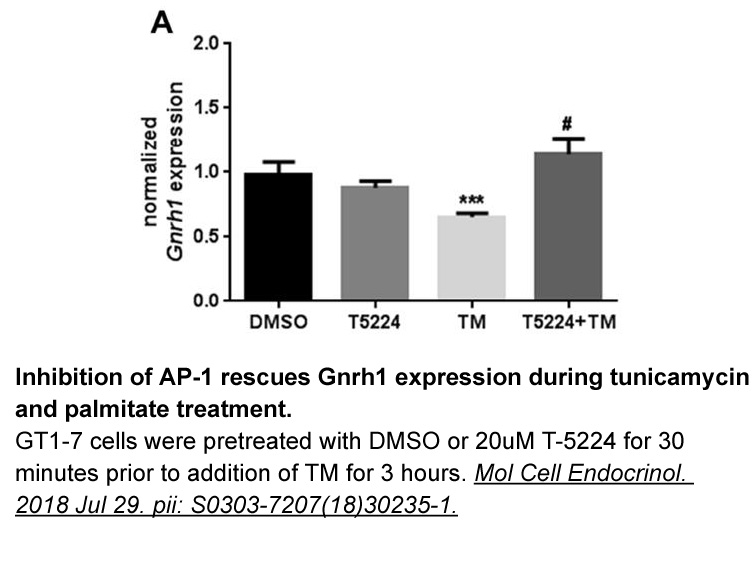
In the inhibitory kinetic studies, five different concentrations of DEL carefully selected from the near-linear region of the dose–response curve (0.5 μM, 1.0 μM, 2.0 μM, 4.0 μM, and 8.0 μM) were used. The Vm values at fixed [CDNB]–varied [GSH] and at fixed [GSH]–varied [CDNB] were 10.4 ± 0.22 U mg−
-
Mice lacking S nitrosoglutathione reductase
2022-09-06
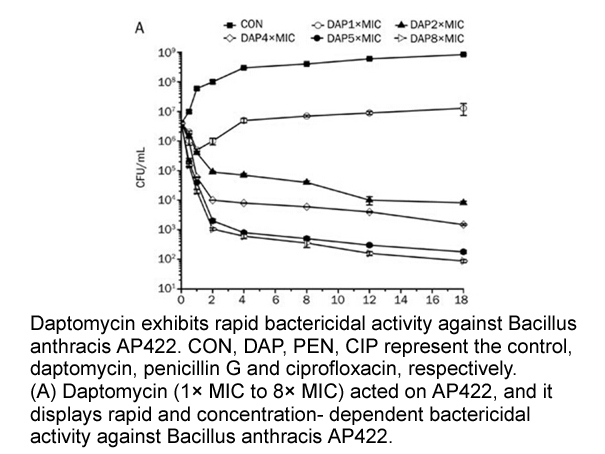
Mice lacking S-nitrosoglutathione reductase (GSNOR), a denitrosylase that regulates S-nitrosylation, have increased levels of S-nitrosoglutathione (GSNO) and exhibit nitrosative stress. GSNO is in equilibrium with protein S-nitrosylation in cells, and GSNOR controls the cellular concentration of pro
-
Studies of human and mouse GPR as ascertained by mRNA
2022-09-06
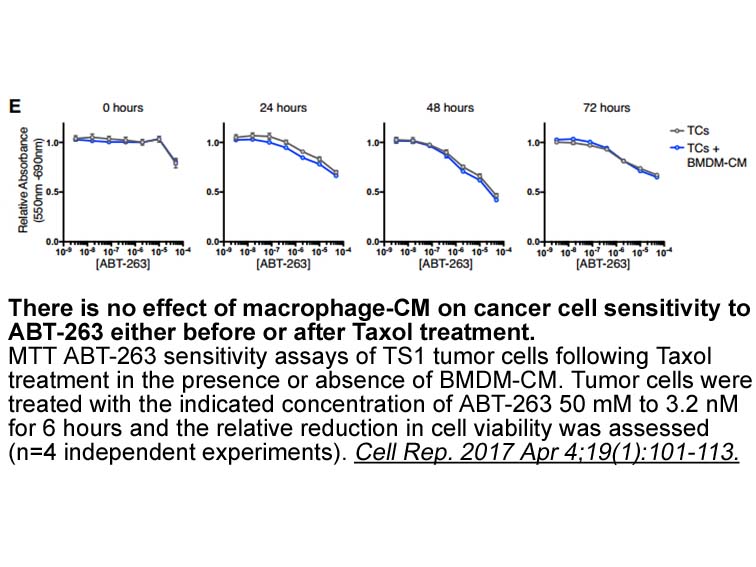
Studies of human and mouse GPR84, as ascertained by mRNA levels in various tissues, have determined that GPR84 is highly expressed on bone marrow cells, splenic T and B cells, and circulating granulocytes/monocytes/macrophages. In the latter cells, mRNA expression of is up-regulated only under infl
-
GPR belongs to the G
2022-09-06
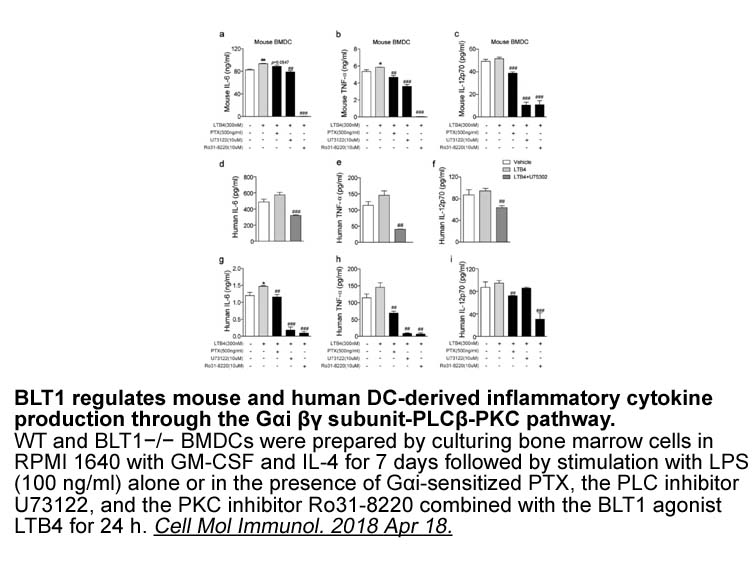
GPR84 belongs to the G protein-coupled receptor family, and it was first identified from human peripheral blood neutrophils [,]. GPR84 is now considered to be a member of receptor for medium chain fatty rotenone (MCFA) with carbon chain lengths of 9–14 []. GPR84 is mainly expressed in bone marrow,
-
We also investigated fat depots in mesenteric and retroperit
2022-09-06
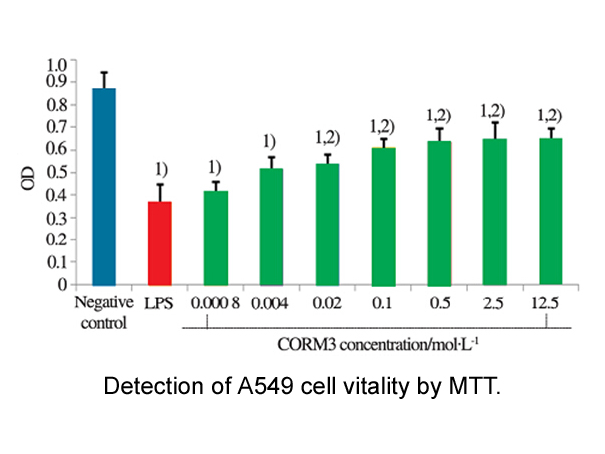
We also investigated fat depots in mesenteric and retroperitoneal adipose tissues as well as in the liver and verified a reduction in lipid droplets following exercise or exercise and FS oil treatments in the liver from obese mice. Potential molecular candidates in the modulation of adipose tissue b
-
br Introduction Verticillium dahliae Kleb is a soil borne fu
2022-09-05
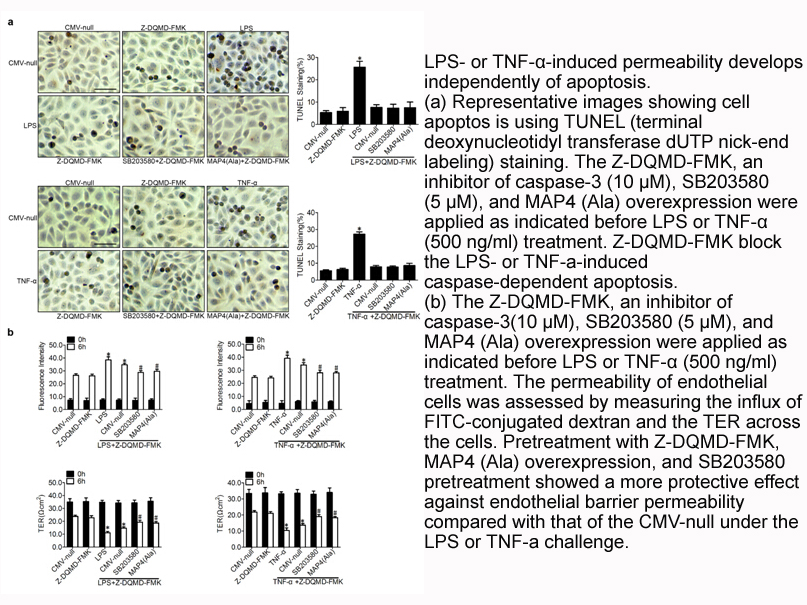
Introduction Verticillium dahliae (Kleb.) is a soil-borne fungal pathogen that is able to infect hundreds of plant species, and causes vascular wilt disease [1], [2]. In nature, the infection of V. dahliae initiates from the germination of resting structures called microsclerotia [3]. The germina
-
br Introduction Verticillium dahliae Kleb is a soil borne fu
2022-09-05
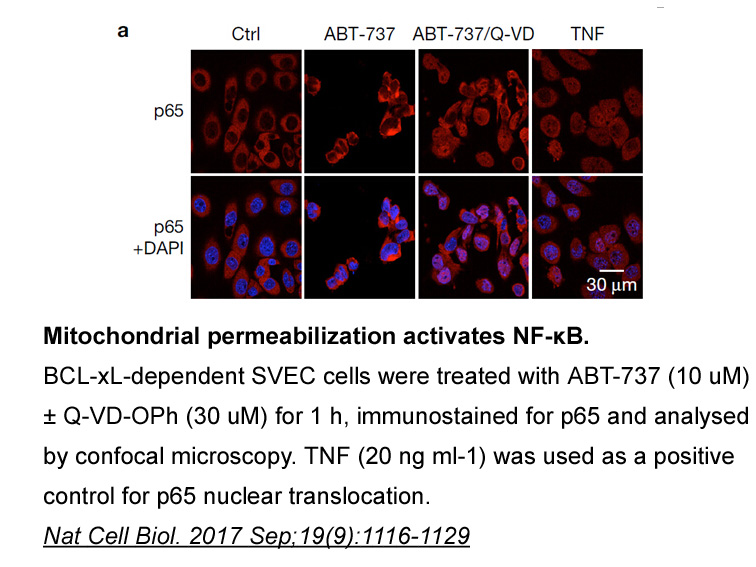
Introduction Verticillium dahliae (Kleb.) is a soil-borne fungal pathogen that is able to infect hundreds of plant species, and causes vascular wilt disease [1], [2]. In nature, the infection of V. dahliae initiates from the germination of resting structures called microsclerotia [3]. The germina
-
Interestingly mGlu and mGlu receptors
2022-09-03
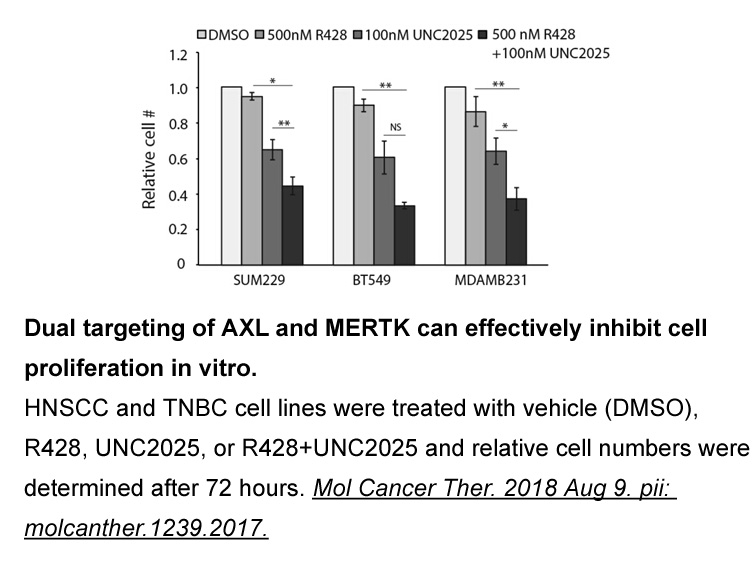
Interestingly, mGlu2 and mGlu3 receptors differ notably by their cellular distribution. Whereas mGlu2 receptors are mostly neuronal, mGlu3 receptors are expressed both in glia and in neurons. In neurons, mGlu3 receptors are present at the post-synapse and in presynaptic elements (Tamaru et al., 2001
15784 records 360/1053 page Previous Next First page 上5页 356357358359360 下5页 Last page